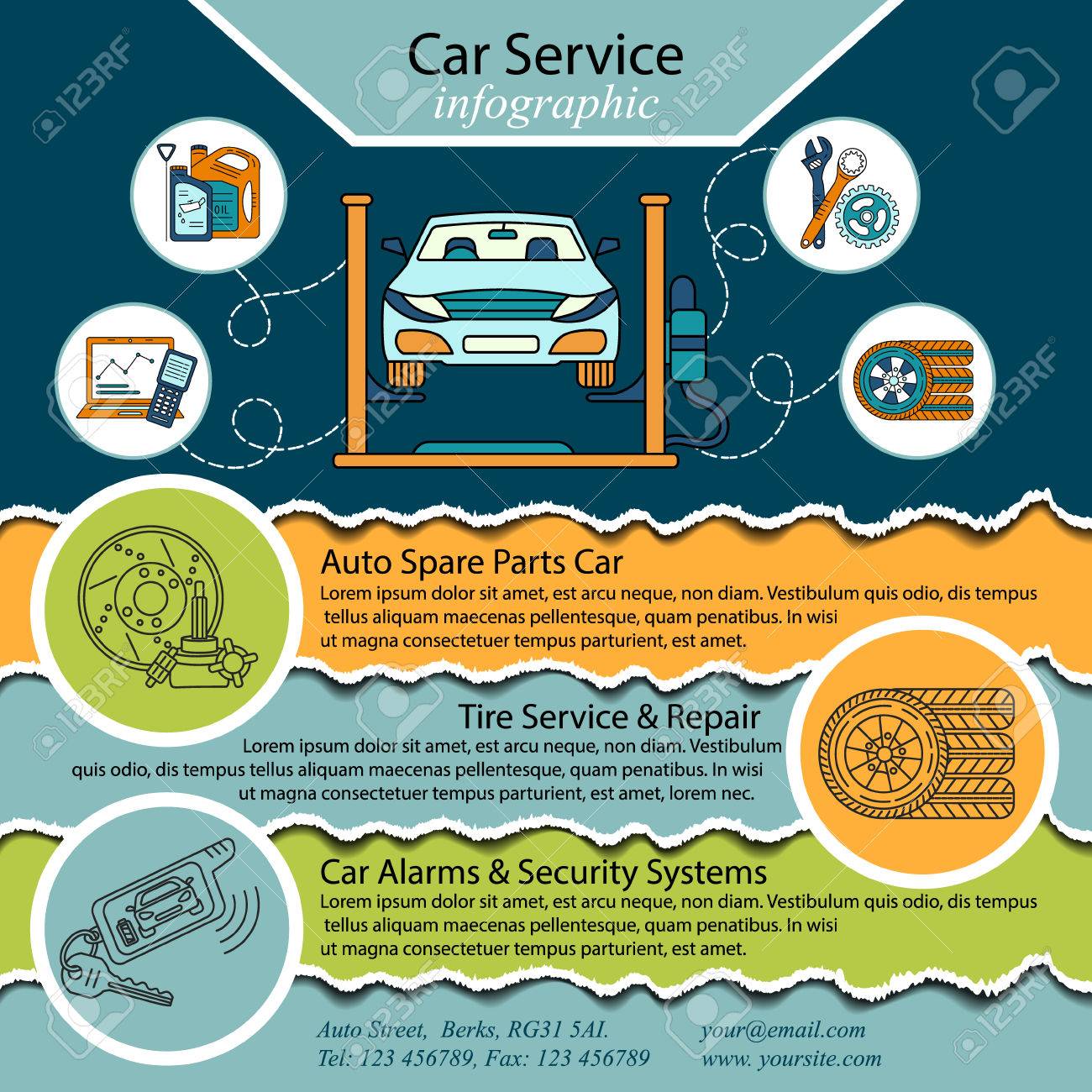Realizing The Significance Of Your Cars And Truck'S Warning Signals: What They In Fact Stand For
Realizing The Significance Of Your Cars And Truck'S Warning Signals: What They In Fact Stand For
Blog Article
Article Produced By-Sykes Gilbert
When you lag the wheel, those radiant caution lights on your dashboard can be a little bit perplexing. Do you recognize what they're trying to inform you about your automobile's health and wellness? Comprehending the significance of these lights is crucial for your security and the longevity of your vehicle. So, the following time among those lights pops up, wouldn't you want to decipher its message precisely and take the needed actions to resolve it?
Common Warning Lighting and Interpretations
Recognize usual warning lights in your vehicle and comprehend their significances to make sure secure driving.
One of the most typical warning lights consist of the check engine light, which indicates concerns with the engine or discharges system. If this light begins, it's crucial to have your lorry checked without delay.
The oil pressure advising light indicates reduced oil pressure, requiring immediate attention to stop engine damage.
webpage flashing battery light might recommend a faulty billing system, potentially leaving you stranded otherwise dealt with.
The tire stress monitoring system (TPMS) light informs you to reduced tire pressure, impacting automobile security and fuel performance. Disregarding this can bring about unsafe driving conditions.
The ABS light indicates a problem with the anti-lock braking system, jeopardizing your capacity to quit quickly in emergencies.
Finally, the coolant temperature advising light warns of engine overheating, which can cause severe damage otherwise dealt with quickly.
Comprehending these typical caution lights will certainly aid you resolve problems immediately and preserve safe driving conditions.
Significance of Prompt Interest
Comprehending the typical caution lights in your vehicle is only the primary step; the importance of immediately dealing with these warnings can't be highlighted sufficient to guarantee your security on the road.
When a caution light illuminates on your dashboard, it's your car's way of interacting a possible concern that needs interest. Ignoring these warnings can lead to extra severe troubles down the road, jeopardizing your safety and potentially costing you extra in repairs.
Trigger focus to cautioning lights can avoid failures and accidents. For example, a blinking check engine light might indicate a misfire that, if left unattended, can cause damage to the catalytic converter. Addressing this immediately can conserve you from a costly repair work.
Similarly, a brake system advising light may signify reduced brake fluid or worn brake pads, important elements for your security when driving.
Do It Yourself Troubleshooting Tips
If you observe a caution light on your control panel, there are a few DIY repairing tips you can try before seeking professional aid.
The first step is to consult your auto's guidebook to comprehend what the particular caution light shows. Often the concern can be as easy as a loose gas cap causing the check engine light. Tightening up the gas cap might deal with the trouble.
An additional common problem is a low battery, which can set off numerous alerting lights. Inspecting the battery links for corrosion and guaranteeing they're safe may take care of the issue.
If a warning light continues, you can try resetting it by detaching the car's battery for a couple of minutes and afterwards reconnecting it. In addition, examining your vehicle's liquid degrees, such as oil, coolant, and brake fluid, can aid fix alerting lights associated with these systems.
Conclusion
To conclude, understanding your auto's warning lights is crucial for keeping your vehicle running smoothly and securely. By quickly dealing with these notifies and understanding what they indicate, you can stay clear of expensive repair work and prospective break downs.
Remember to consult your car's manual for certain details on each alerting light and act appropriately to ensure a trouble-free driving experience.
Stay notified, stay risk-free when driving!
